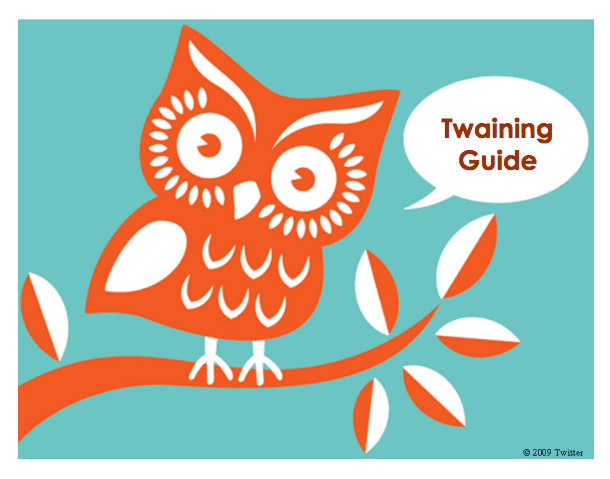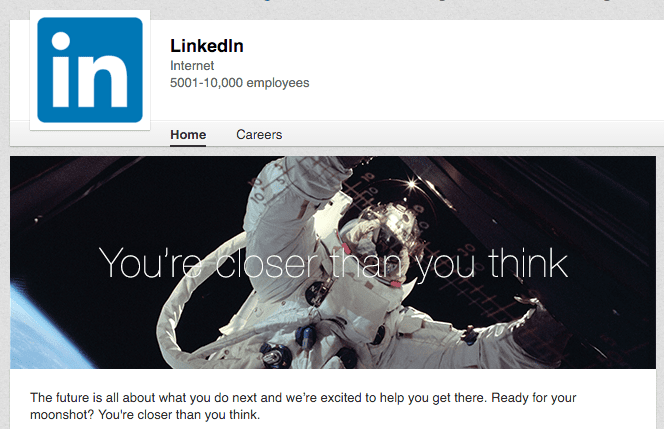TL; DR
- Recap & links to what we’ve covered so far, namely, Facebook.
- Why we won’t be covering Twitter.
- For most “heartland” small businesses, non-profits, and private consultants, LinkedIn can be a valuable social media channel.
- You’ll need a personal profile before you can set up a business page, post to Pulse, or run ads.
Quick Review of What We’ve Covered So Far
We’ve talked about content marketing in a conceptual high-level kind of way. Now we’re circling around to a more practical discussion and picking our route through social media.
We’ll come back to content marketing of your owned assets in a more practical tactical way after we cover the so-called paid and “rented” assets, namely, Facebook, LinkedIn, Instagram, Pinterest, and briefly, SnapChat, WhatsApp, and others.
We’ve looked at why you should have Facebook. We’ve spent some serious quality time setting up your new non-personal Facebook page.
So, that’s Facebook, done. Yay!
They’re the biggest social-and-then-some platform in all the lands.
Let’s give ourselves a hand, huh? High fives all around.
We’re Going to Skip Twitter for Small Businesses
I’ll tell you why.
You probably hear about Twitter as often as you hear about Facebook.
If you were a Facebook holdout, dodging well-meant advice from friends and clients who kept nagging you to set up a page already, you’ve probably been hearing the same drum beat for Twitter.
Full Disclosure
Twitter was not my first social platform, but I got there as soon as I could.
I’ve been a prolific user ever since the summer I watched the Tour de France real-time, live-streaming with my new friends all over the world, as we all contributed to the play call on Twitter under the hashtag #TdF.
If you didn’t follow some or any of what I just said, you’re not alone. That’s the thing — nobody gets Twitter. The media and individual journalists love it. Tech pundits love it.
As a “normal,” I had the chance to “get it” because I had a lot of “free time.” [That’s a lotta air quotes, right?]
I was unemployed, vaguely connected to the professional cycling scene, and had three weeks to spend watching the epic race while learning Twitter.
Bonus: I was looking for work in corporate Training and Development — kinda like what I’m doing here, see? — so, I decided to “prove the concept” and write an instructional handbook. My little Twitter Training Manual, affectionately known as The Twaining Guide, sold a few copies, even one overseas (I’m international!).


But, the screenshots are quaint and were obsolete within two weeks. Remember the “Fail Whale?” Ah, good times. Good times.
Even still, the philosophy, etiquette, and much of the methodology still stands up after all these years. (Seven, to be exact.)
It’s not that Twitter is dying…
I don’t think it’s going away any time soon, but given ongoing monetization and user experience concerns, we’ll skip it for now. The direct cash-money returns I’ve seen for small businesses, nonprofits, and private practitioners are insufficient to justify the necessary spend for a worthwhile program. (The #YogaIs case study notwithstanding.)
And, that’s not to say that the indirect benefits of developing your community and educating your prospective clients aren’t huge.
If you, dear reader, sound an echoing outcry that you’d like to learn to use Twitter for your small business, nonprofit, or private consultancy, we can revisit.
Onward to LinkedIn! Land Ho!


If you’re like me, you’ve had a LinkedIn account since, like 1987, or God knows when. Let’s check… LinkedIn is almost old enough to drive, you guys!
You do have a LinkedIn profile, right?
For the sake of discussion, I’m going to assume that you have a personal LinkedIn profile. You can take that as a hint, mm-kay? Holler at me on Twitter, or email and let me know if we need a post about how and why to make a LinkedIn account.
(Please don’t invite random people to “LinkIn” with you if you haven’t met in person or online. I know lots of folks do this as a way to grow reach, but it dilutes our value as referrals and connections. For most people, if they don’t know you, they can’t write a recommendation for you, and they almost surely won’t introduce you to a trusted contact.)
Tips for LinkedIn for small businesses, nonprofits, boutiques, and Mom & Pops
Once you have a LinkedIn personal profile, you can access three powerful social media marketing tools:
Pulse, where you can share your thought leadership
That’s basically blogging. On one hand, it’s not your owned asset. On the other, you stand to develop a bigger following through Pulse than you could through your private blog.
Publishing to Pulse simply lets your content reach a much larger opted-in audience, much sooner than starting from scratch.
It develops your professional credibility, and establishes the tone and voice that potential clients can expect from you. When your scholarship and shared knowledge on Pulse is valuable enough to your niche, you’ll automagically catch spillover traffic to your site and owned assets.
You can do some things to goose that conversion, of course. But, if you build it, and keep adding to it, the people who are looking for what you do and how you do it will click through, organically.
Company pages
Even if you’re a small company, a page gives you another link back to your owned asset. It adds polish. It makes you look less fly-by-night.
In the old days, “hanging out a shingle” wasn’t as much of an investment in your business enterprise as, say, installing a flashing neon marquee and sponsoring the softball team. Same deal, digitally.
Besides, you can post to it as the company and not as you yourself, which is compelling for privacy and succession-planning reasons.
Sponsored updates and ad purchases
This is another way to expand your reach and visibility faster by paying for it. And it works wonders for many businesses.
And In Closing…
In our post next week, we’ll talk more about how to do each of these. We’ll have screenshots and everythang.
It’ll be BYOB, though. Bring your own blog content.
See you then!
Latest posts by Suzanne Hoenig (see all)
- The Anti-Social-Media-Marketing Manifesto 2016 - October 19, 2016
- Which 3 Social Media Platforms Will Be Around in 3 Years? - October 13, 2016
- White Papers: Still a Way to Compel and Convert Leads - September 14, 2016





